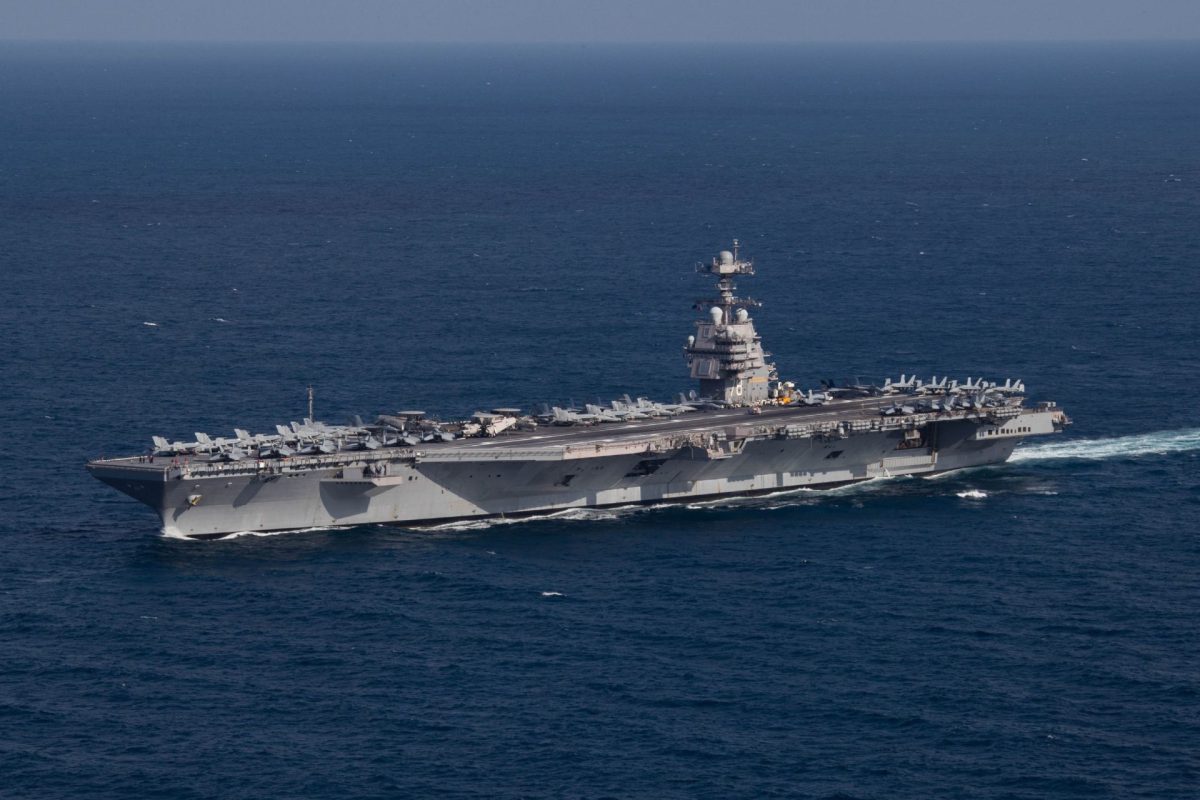The forces include the US Navy aircraft carrier USS Gerald R. Ford; its eight squadrons of attack and support aircraft; the Ticonderoga-class guided missile cruiser USS Normandy; and the Arleigh-Burke class guided missile destroyers USS Thomas Hudner, USS Ramage, USS Carney and USS Roosevelt, according to a Pentagon statement.
In addition, Washington has moved US Air Force F-15s, F-16s and A-10s “to augment existing fighter squadrons in the region.”
“The arrival of these highly capable forces to the region is a strong signal of deterrence should any actor hostile to Israel consider trying to take advantage of this situation,” US Central Command head Gen. Michael “Erik” Kurilla said in a statement.
Defense Secretary Lloyd Austin first announced Sunday that the US carrier strike group had moved closer to Israel in response to the Palestinian group Hamas launching a major attack on Israel.
Politico reported Tuesday that the aircraft carrier USS Dwight D. Eisenhower, which was previously scheduled to deploy from Norfolk, Va., may join the USS Gerald R. Ford in the eastern Mediterranean.
In a coordinated surprise attack that began Saturday, Hamas sent forces into multiple Israeli towns by land and sea and struck multiple targets with rockets.
More than 1,200 Israelis and Palestinians have been killed in the conflict along with 14 US citizens as of Tuesday. American citizens also are among those being held hostage by Hamas, the White House has confirmed.
The violence has prompted the United States to send air defenses, munitions and other equipment to Israel, with promises to send more.
Moving the US ships and aircraft to the Eastern Mediterranean is also meant to act as a deterrent to other nations or groups stepping into the conflict, according to national security adviser Jake Sullivan.
“Let me be clear, we did not move the carrier for Hamas,” Sullivan told reporters Tuesday at the White House.
“We moved the carrier to send a clear message of deterrence to other states or nonstate actors that might seek to widen this war,” he added.
Though he did not identify specific groups at the time, US officials have said they’re worried the Lebanese group Hezbollah could make “the wrong decision” and choose to open a second front to the conflict.
Sullivan stated that President Biden ordered contingency planning.
“The president has also tasked us with engaging in contingency planning for any and all escalation scenarios,” he said, adding, “And we are now deeply engaged in that planning. And we’re consulting with allies and partners as well about all of the potential scenarios that might unfold in the days ahead.”
